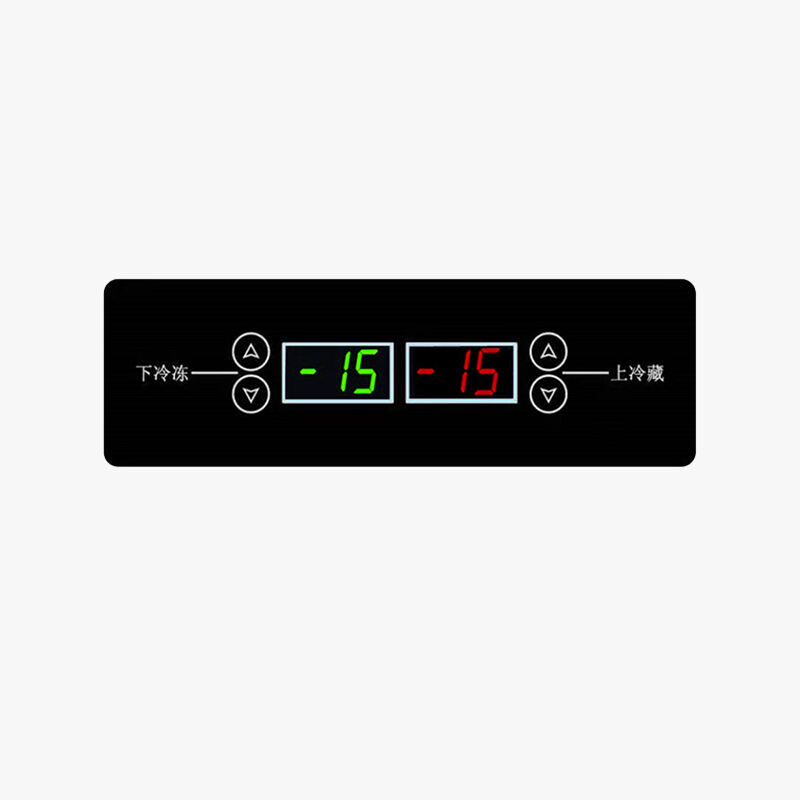Precise Temperature Control with Advanced PID Technology
The digital temperature controller thermostat's implementation of PID control technology represents a significant advancement in temperature management precision. This sophisticated control algorithm continuously calculates the optimal output based on the difference between the setpoint and actual temperature, rate of temperature change, and historical temperature patterns. The proportional component provides immediate response to temperature deviations, while the integral component eliminates steady-state errors, and the derivative component improves system stability by responding to rapid temperature changes. This comprehensive approach ensures minimal temperature fluctuations and faster recovery from disturbances, making it ideal for applications requiring strict temperature control. The system's auto-tuning capability automatically determines the optimal PID parameters for specific applications, eliminating the need for manual tuning and ensuring optimal performance across different operating conditions.









